Why Do Comics Never Have Continuity
Continuity and Connectivity in Comic Book Movies
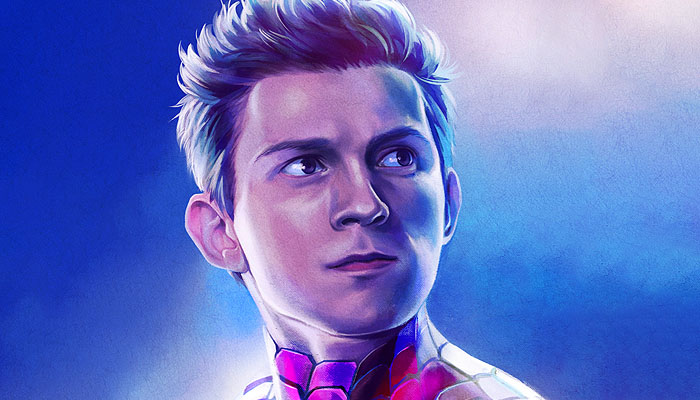
The super-hero genre is certainly the most popular category in the comic book industry, either independently or attached to extremely influential brands such as Marvel and DC. Now, writers working for both Marvel and DC Comics have created two gigantic universes as diverse as flexible. They're also still mysterious and prone to expand even more, thanks to the imagination of their writers. Writing plots for Marvel and DC Comics seems to be challenging, especially when it's supposed to be a process from A to B without interruption, inconsistency and incoherence.
In other words, a plot has to have continuity to not lose its spectators and confuse them in the middle of a movie. The MCU movies are mostly successful because their plots are consistent, constant and coherent. Also, they're linked together.
Venom 2 Post Credit Scene (Decent Quality)
For example, one scene in a movie can mention a particular event that happened in another movie with an entirely different storyline in order to create a link. This particular thing is quite subtle in comic books, so much so that readers can miss it if they're not attentive. It's a simple, yet cunning way of linking two or several different storylines together and get characters, either from the same dimension or not, or even universe, to interact with one another. Little by little, this connection grows bigger and bigger, extends and reaches other storylines in order to weave this giant web of connectivity.
Connectivity is very much present in the MCU and the DCEU. In the MCU, connectivity is even more pronounced and noticeable because most of the plots for most of their movies make sense, answer questions and solve plot holes. The writers manage to keep the storyline together and constant, along with the planned move of connectivity to build up the major storyline. Therefore, all the movies from the MCU are connected via little hints dropped here and there called "Easter eggs" and post-credit scenes, as they've been seen as the most simple, yet effective way to announce which character will make an appearance. Though an interesting plot is what holds the movie together, continuity helps by bringing coherence and consistency to it. Therefore, a plot and continuity go along together. Connectivity is whole other matter.
An extremely cunning method
The concept of continuity and connectivity is one of the most used methods by writers, mainly screenwriters, writers or comic book writers. It appears as a common denominator to create a connection point that would be able to link several stories together for several reasons: to weave a bigger and more impactful storyline, to ensure there aren't any plot holes left unresolved and to maintain coherence throughout the storyline. Thus, a script would feel complete with all plot holes resolved, all questions answered, readers and spectators satisfied.
Regular stories use continuity and connectivity to keep going until there's truly nothing more to add to the tale and all connections have been used to their maximum. Marvel and DC never fail to use the concept of continuity and connectivity in their stories, as it's actually a good tactic to fully interact with the diverse and inclusive universe they've created. So long as the plot remains coherent enough. Not only do they use it in their comics for major storytelling points ensuring lots of striking events that would leave a mark, but they also make it a point to use continuity and connectivity in the movie adaptations to show all the connections and prove that said adaptations are faithful to the source material.
Now, crossovers can be more difficult to adapt, as they involve several characters that had their own and solo storylines for one major storyline. The Infinity War arc is one of the most important crossover created by Marvel comics, having linked so many characters and stories together in order to construct this complex and huge crossover. Each transition had to be smooth and in order. Continuity and connectivity needed to remain straight and coherent for the whole arc, from the beginning to the end. Any inconsistencies found would endanger the coherence of the entire storyline, even derail it.
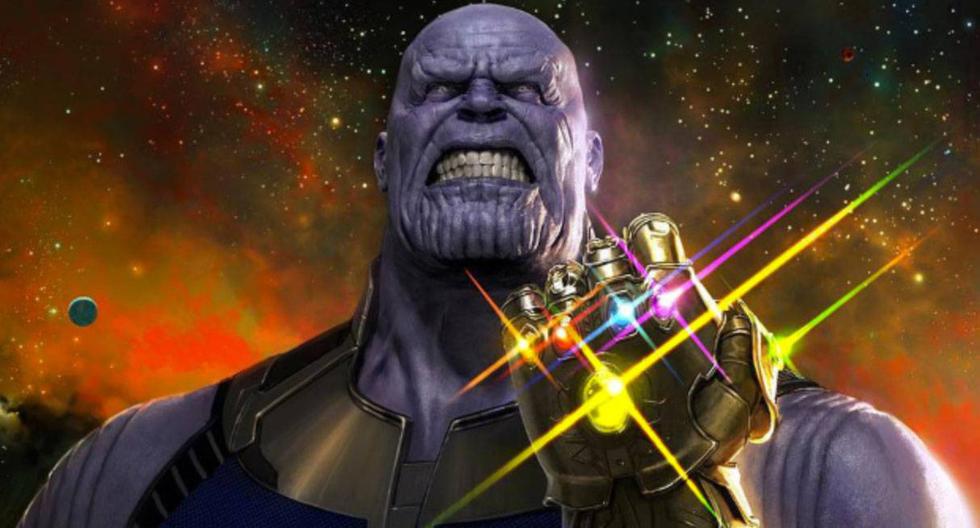
Thus, no one can claim the MCU and the DCEU are disrespecting the material from the comics. Connectivity and continuity work especially well for the MCU. However, the main issue that's been found in this concept is its overuse in the super-hero genre. Especially in that genre. While readers and spectators always appear excited at the idea of one plot intertwining their most adored characters, it's starting to become increasingly frustrating and annoying to follow the storyline from one movie and having to connect it to another that has come out before at the same time to fully understand what's going on and being engaged. Though the idea is to maintain the link and coherence between all storylines, it has reached a point where the strategy of continuity and connectivity gradually becomes (or has already) problematic because writers have been banking on it for far too long to remain 'consistent', causes confounding issues in the storytelling perspective and raises questions that need proper answers.
"Where is it going to end?"
"How is it going to end?"
"When is it going to end?"
"Is there ever going to be an end?"
Although the super-hero genre is Marvel and DC's main bread and butter because many writers have created a plethora of characters and have come up with several storylines to keep this industry alive, the overuse of the concept of continuity and connectivity has turned this genre into a cycle. A never-ending cycle where no one seems to see an exit to put a proper conclusion to a story and a character's once and for all.
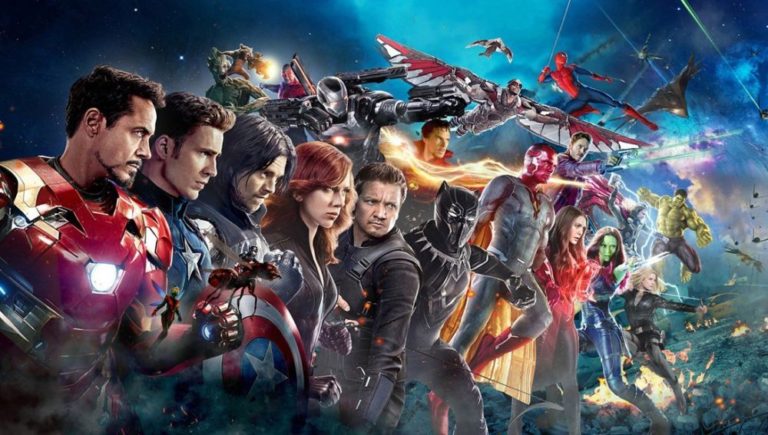
For example, the MCU movies have long mastered the concept of continuity and connectivity when their writers have understood that it worked wonders for their universe in the comics. Therefore, readers and spectators would pay close attention to details in every scene to make sure they haven't missed anything important in the plot. Continuity in a storyline is extremely important, has to be in order for connectivity to be able to link everything. Although it's different in comics, connectivity in their movie adaptations is more of a slow build-up process and not abrupt. This build-up in the MCU movies was smooth, in order and in line with the plots and consistency.
For example, the Iron Man trilogy, the first Thor and Captain America were both introducing the main Avengers and also setting up the first Avengers movie in one fell swoop. Natasha Romanoff's character made its first appearance in Iron Man 2, along with Nick Fury's, which prompted people to wonder if an Avengers storyline was coming up. From that point, connectivity was starting to set up a pattern.
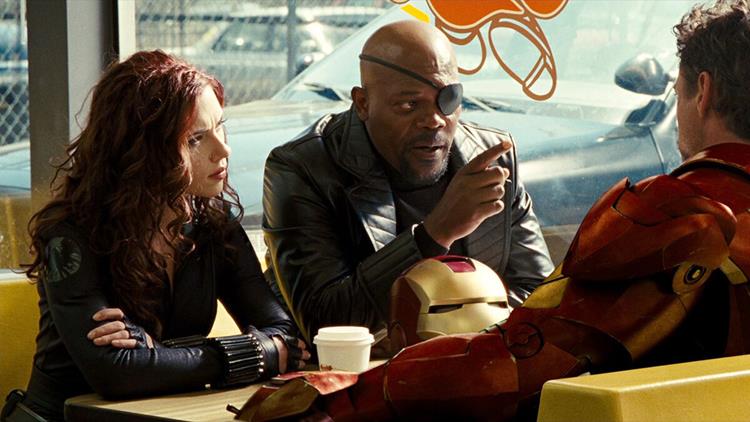
Post-credit scenes in the MCU use foreshadowing in order to further this pattern of connectivity between movies and also to bring characters together in a logical way.
- The post-credit scene from Thor (2011) showed Loki, alive and not dead as people thought after falling into the abyss at the end of his fight with Thor, shadowing Dr. Selvig to look at the Tesseract with an interesting glint in his eyes.
- The post-credit scene from Iron Man 2 (2010) showed Agent Coulson driving in the desert of New Mexico to the area where Mjolnir landed, thus revealing that Thor, Norse God of Thunder, would be appearing next.
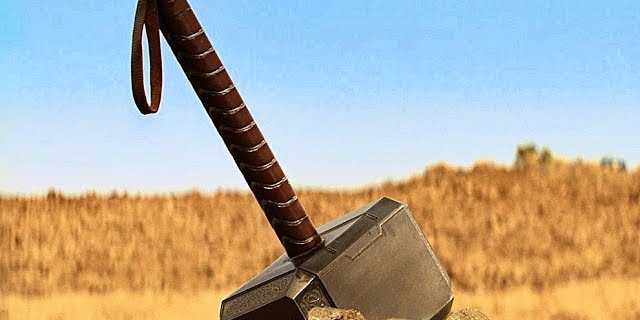
- The post-credit scene from Captain America: The Winter Soldier (2014) showed Scarlet Witch and Quicksilver in their rooms inside a secret Hydra facility, shedding light on the next enemies to fight in Avengers 2: Age of Ultron.
When the Avengers movie came out in 2012, it reunited all the most important characters that already had their solo movies, appeared because they had some purpose to serve, or were mentioned because they were actually relevant to the plot: Tony Stark, Steve Rogers, Bruce Banner, Thor, Natasha Romanoff, Clint Barton, Dr. Erik Selvig, Nick Fury, Loki. The main Avengers were all there, complementing the strategy used by the MCU with foreshadowing in post-credit scenes, connectivity by briefly mentioning characters and their abilities (Bruce Banner by Dr. Selvig, for example).
THE AVENGERS - Thanos Post-Credit Scene (2012) Movie Clip
Foreshadowing, Connectivity and Continuity in the super-hero genre
Foreshadowing, connectivity and continuity are quite prevalent in Marvel Comics and their adaptations. Every MCU movie was carefully planned to build up the final battle against Thanos and his army, who probably is the most powerful enemy the Avengers and their allies have ever faced. Practically all of the main Avengers have had their solo movies to maintain continuity, connectivity and foreshadowing in their plots, which was strategic. They were introduced, had their characterization, saw their solo arcs unraveled, and thus were ready for the next stage. Iron Man, Captain America, Thor – all of them had their movies to fully establish them into the MCU. Although Black Widow (2021) should have come out before Captain America: Civil War (2016), her character still had development in the movies it was included in. Therefore, all the connections were made before the Infinity War, which was the grand and major storyline. Everything was in order with the MCU and continuity had a very nice flow. The writers have been cunning and smart into building up their storylines, which is where the DCEU has failed with the Justice League.

What was the biggest mistake the DCEU did with their movie adaptations of their comics? Trying to keep up with the MCU instead of doing their own thing and going at their pace. In their haste to match the MCU, they've refused themselves the time to plan out their movies and get the stories of their characters straight. In the DCEU movies, the concept of continuity and connectivity seems so inconsistent and out of order that the context of each adaptation is thoroughly confusing. It doesn't hold water, wasn't fluid, and the plot itself wasn't even coherent to make sense of it. None of their movies were chronological and were out of order. Their plots have no real continuity because they sound nonsensical and inconsistent, thus connectivity between their movies can't feel natural like the MCU movies. They didn't have a real flow.
For example: Batman v. Superman: Dawn of Justice had a script that was both strange and incoherent. Too incoherent to make sense of the plot. The general idea of making Batman and Superman fight each other because of the events from Man of Steel (Superman having fought Zod and his soldiers in Metropolis, causing mass destruction on a nearly apocalyptic level and getting people killed in the process, is somehow reason enough to motivate Batman to kill the alien) until one of them dies sounds far-fetched and controversial to begin with. Not only do Batman and Superman have confusing purposes that go against their characters and their core values, but the plot for Batman v. Superman: Dawn of Justice was so contradictory that trying to establish continuity and connectivity between this movie, Justice League, Wonder Woman and Wonder Woman 1984 feels like a hassle.
Inconsistencies between plots make the connection nearly impossible, especially in franchises with multiple movies that are either prequels or sequels. Details are important to be able to create connections.
- In Batman v. Superman: Dawn of Justice, Batman having thrown away his core values and moral code makes him cruel and merciless, as Robin's death at the hands of the Joker must have seemed so horrific and traumatizing that it was enough to turn him into a murderer – the very thing he hates the most because his world was torn upside down by witnessing his parents' murder as a kid. He's no longer a hero. Him being angry at Superman for being responsible for the death of so many people during the events of Man of Steel is highly hypocritical and contradictory. At Superman's funeral, the most shocking thing is that he considered the Kryptonian "his friend" so fast that it feels like there's an entire scene missing from the movie. These examples are some of the moments where the inconsistency of the plot is glaring.
The Death of Superman PART 2 [Ultimate edition] | Batman v Superman
- During the exact same scene, Wonder Woman explains to Batman that she'd exiled herself from the rest of the world after World War I. And yet, in Wonder Woman 1984, she's seen being a hero and saving the world once again, despite claiming the opposite in Batman v. Superman. Such inconsistency was a huge mistake on director Patty Jenkins' part, especially if Wonder Woman 1984 can be considered as a prequel to Batman v. Superman: Dawn of Justice. It compromised continuity and connectivity in such a way that the two movies mentioned can't be linked together.
- The fact that Lex Luthor somehow knew that mixing his blood with Zod's corpse would resurrect and turn him into the monster that is Doomsday wasn't even explained in the movie. How did he know this? This confusing inconsistency also brings up other essential questions that compromise connectivity and continuity: how did Lex Luthor know that Batman had a vendetta against Superman? How did he know he wanted to kill the alien? How could he somehow anticipate everything, despite not even talking to both Batman and Superman to find out about their situation and make things work in his favor?
Batman v Superman - Lex creates Doomsday [ALL SCENES]
- If Batman was so shaken by Superman's death that it made him reevaluate himself as Gotham's Dark Knight and hero, he should have stopped branding criminals like cows and getting them killed. This should have been the most important lesson he needed to value life once again and stop killing. And yet, he still tried to brand Lex Luthor in his prison cell. Many would say that Batman still choosing to kill after Superman's death is extremely out of character, but it can be seen as a crippling contradiction in the Justice League movie, where it's claimed that he's regained faith in humanity. If he did regain faith, does that mean he stopped the killing and branding?
Batman v Superman - murder in prison [Extended cut]
- The only thing that tipped off Darkseid's coming in the Justice League movie was Lex Luthor's paranoid hallucinations – which he somehow got from his time in the Kryptonian ship. After his involvement in Superman's death, no one would believe him about Darkseid's incoming arrival on Earth, not even Batman because he hadn't seen what Lex Luthor claimed to have seen (which wasn't even shown in the movie). But there were no mentions of the Motherboxes in the previous movies, guarded by the Atlanteans, the Amazons of Themyscira and humans. Nothing concrete and legit in Batman v. Superman: Dawn of Justice could have made the connection between Darkseid and the Motherboxes. How could have Lex Luthor been taken seriously when babbling about "a new threat" coming?
Prior to Justice League coming out, nothing was hinted at Darkseid in the previous movies except for Lex Luthor's delirious babbling. The Motherboxes were nonexistent, so was Steppenwolf. Therefore, there was no way a proper connection to Darkseid could have been made, just like there was one for Thanos in the MCU. No Easter eggs and proper hints that could foreshadow Darkseid and Steppenwolf coming to Earth.
For example, the Justice League adaptation came out before all of the members constituting the Justice League had their solo movies and were established in the DCEU – Aquaman came out in 2018 whilst Justice League was released in 2017. Aquaman's character had its first cameo in Batman v. Superman: Dawn of Justice (2016), just like Flash and Cyborg, thus trying to establish some sort of connection and putting the concept of continuity and connectivity at work right there, but maybe it would have been better to have had their movies before Justice League (2017). Their characters could have been more established in the universe before being put in the team with all the others.
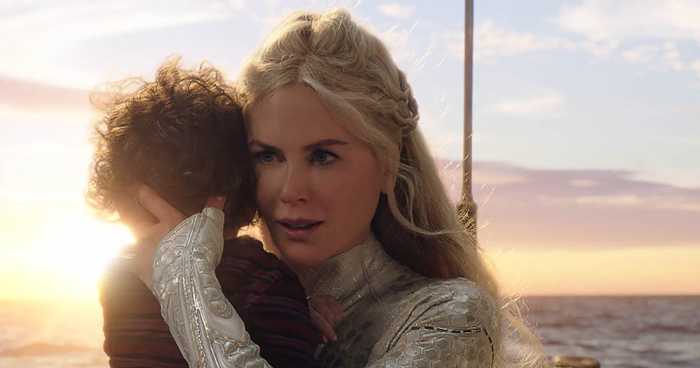
Aquaman should have come out before the crossover movie Justice League so people could have formed an idea of his character, especially when the connection would have made more sense: at the end of Aquaman, Arthur was about to get more established as king of Atlantis. Had he known about the Motherbox his people have been protecting for ages and the bloody history behind it, it would have made more sense for him to get involved. Given that Darkseid's coming would also mean the end of Earth and all humans turning into Parademons, including Atlanteans, it would have made more sense for Arthur to accept Batman's proposal to fight alongside others he didn't know yet. The transition, connectivity and continuity would have been smoother, easier to follow. After embracing his role as the true king of Atlantis, it would be much more logical for Aquaman to join Wonder Woman, Batman, Flash, Superman and Cyborg in order to protect his kingdom – and Earth as well – in Justice League. His character was better written in his solo movie.
It wasn't the case with Cyborg and Flash. These two were thinly written in Joss Whedon's Justice League, because there hadn't been enough time to give them a proper introduction and teach the audience more about their characters so they could form an attachment to them. Maybe having their solo movies, written to introduce these two characters in a similar way to Superman and Wonder Woman, to make the connection with Justice League before its release could have highlighted and complimented continuity, connectivity and foreshadowing? Therefore, Flash's choice to join all the members of the Justice League at Batman's proposal would feel genuine: he'd only been recruited just because he happened to have been caught on camera using his super speed.
Had he and Cyborg had their solo movies before Justice League, they could have been more fleshed out. They could have had post-credit scenes showing them either meeting Bruce Wayne for Flash when he's about to get recruited, establishing a link with the Motherbox for Cyborg.
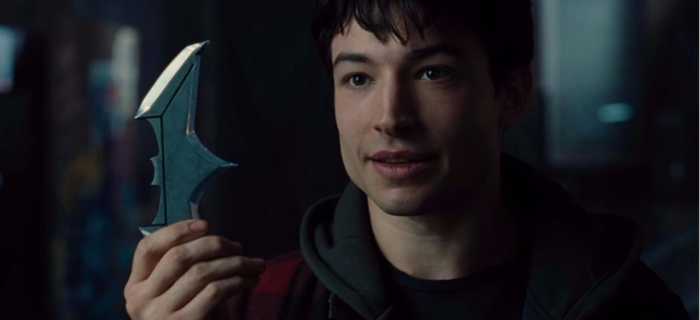
Even so, the plot would have had to be engaging and logical so continuity and connectivity could have worked. The Flash and Cyborg movies would have had to make connections between the other characters in order to work out. Thus, their movies could have been successful. Had it been more explicit and in order with the previous movies via connectivity and continuity, Joss Whedon's Justice League could have probably worked out just as well as the Snyder Cut. The MCU did it right in crucial ways that the DCEU couldn't.
- They got their characters right
- They didn't try to turn them into something they weren't and should never be (Spider-Man isn't a murderer and him becoming one would destroy his image and essence)
- Their plots are coherent and well-written in a way that people get to know the characters, relate to them and care about them
Although some characters have gone through reruns, like Spider-Man, the MCU somehow managed to find a logical solution to include the first two Spider-Men interpreted by Tobey Maguire and Andrew Garfield. The previous movies would have been problematic if they weren't connected in some way to the MCU. And that's what happened: in order to dispel any confusion, the only explanation that held enough water was making a movie where three Spider-Men come from three different timelines and meet up by accident.

This way, Tobey Maguire's Spider-Man, Andrew Garfield's and Tom Holland's being reunited in one movie together paved the way for the multiverse. Which is another cunning strategy to foreshadow major plots from Marvel comics, as continuity and connectivity never fail to link everything through essential elements.
Writers appreciate keeping their readers and spectators on the edge of their seats, especially in comics and their movie adaptations. They've realized just how well continuity, connectivity and foreshadowing work and succeed at hooking attention through a good plot (and sometimes dropping random Easter eggs here and there). And in the MCU, there's tons of Easter eggs to connect dots leading up to the appearance of certain characters in future movies and storylines:
- Gamma radiation in Thor: "Dr. Selvig tells the others that he knew a colleague who knew S.H.I.E.L.D. He says that this person was "a pioneer in gamma radiation." Well, it is pretty clear to Marvel fans that this is a very clear reference to Bruce Banner, aka The Hulk. As we know at the beginning of Avengers, S.H.I.E.L.D definitely knows who Banner is, so Dr. Selvig's comment makes perfect sense." As Thor came out in 2011, the fans could only assume that Bruce Banner would show up in The Avengers movie (2012).
- Dr. Stephen Strange in Captain America: The Winter Soldier: Captain America, Falcon and Black Widow are interrogating Jasper Sitwel, when Stephen Strange is mentioned. This is the first time his name is ever mentioned, when his movie wasn't released until after another two years.
Doctor Strange Reference | Captain America The Winter Soldier (2014) Movie Clip
- Mjolnir in the post-credit scene in Iron Man 2: the legendary hammer can be seen landing on Earth, thus confirming that the next MCU movie to be released was Thor.
It was quite interesting and intriguing to spot all these little hints in the first movies of the MCU, because this was legitimately the first time seeing continuity, connectivity and foreshadowing in action. The first dots were all starting to weave one huge connection between all MCU movies because there was purpose behind that strategy; it was building up a major storyline that would eventually become one of the highest grossing super-hero movies of all time – if done right.
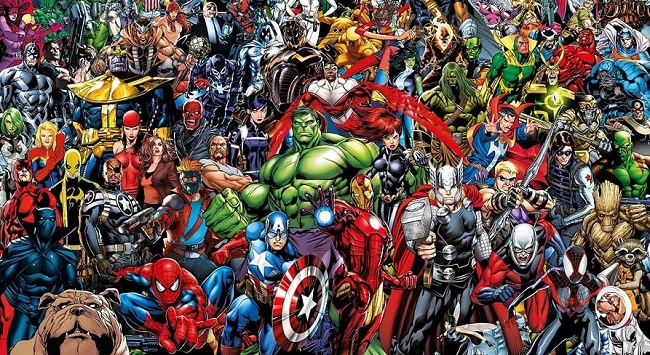
Thus, with good and consistent writing that isn't messed up, good directors who know what they're doing, continuity and connectivity can be done right and there isn't any confusion in the movies. The MCU did it right until the Infinity War arc unraveled and was concluded, showing all the connections made through different characters and storylines to build up this much more important plot. It was a process done with patience, logic and planning.
However, this strategy centered around connectivity has been so overused by Marvel and the MCU to the point that it has lost its magic. People have become so used to this concept, to all these Easter eggs dropped in all MCU movies that they might have grown… desensitized. It doesn't faze them that much anymore, as this strategy has long and completely lost the element of surprise; the more MCU movies came out and used the same strategy over and over, the less excited it made people. Connectivity has become borderline ordinary, planned and no longer natural. It almost feels… obligatory. Just like foreshadowing, the concept seemed to have worn off. Because there's nothing new and fresh behind that would break Marvel and the MCU's routine, which they've relied on for so long that they might have grown too scared to drop it. They've grown extremely dependent on this concept, despite the coherence of their plots. It had been mostly successful so far for pretty much all of their movies until now, so why break connectivity for new and potential readers?
There might be several reasons other than a successful and strategic method for hanging onto connectivity. One of them could be… the creation of a brand new storyline that has absolutely nothing to do with any of the canon characters from Marvel comics to the MCU, a brand new character with its own plot that can't be connected to the web woven by the MCU and Marvel comics.
An independent character choosing another path rather than being included in the successful universe created by Marvel comics, for example?
Breaking connectivity would imply having to figure out something for new and potential readers that would ease their introduction to the super-hero genre. This would be a huge change in this genre's strategy, which could be disorienting for the writers, and while they can most certainly do that, the fact that they'd have to change their tactics to get new readers to engage with their comics would probably throw them off their game. Changing a whole routine that has been the key to your success for so long would seriously affect the system, the way the writers would work on their storylines… in other words, their plots, despite being engaging and well-written, might have become codependent on each other via their connection and foreshadowing.
A change in super-hero series such as Marvel comics and the MCU is a huge deal. Would it be a deal-breaker? Who knows? They wouldn't until they've tried a new tactic that would help potential new readers to engage with their comics and their movie adaptations.
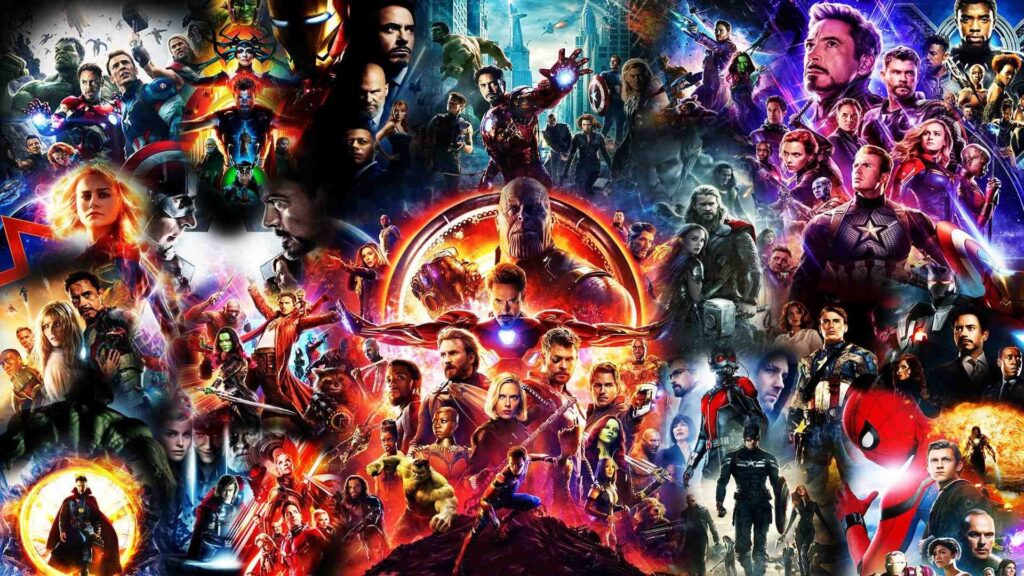
Therein lies the problem. Super-hero series can have multiple storylines that can be connected, should their writers decide so. They can turn these plots into a confounding mass of connectivity in one universe, with so many alternate dimensions and alternate characters, in which new readers will immediately get lost. They wouldn't really be sure where to begin because there's an order that's been set. And even so, that order would discourage any newcomer to the series, because connectivity isn't ever a constant process in super-hero comics such as Marvel or DC. It goes in every direction and continues in a loop with diverse outcomes.
This is the main issue with the MCU and the DCEU.
Bottom line, there's a very important question that needs to be asked: should comic book writers from Marvel and DC comics take notes from manga artists and also independent comic book artists to manage continuity and connectivity in a better way? Maybe they should. It would bring something new and fresh. It would be a change for once. The ball is in their court to engage their new readers and encourage them to start their series, just as it would be in their best interest change tactics to sell their projects. How can super-hero comic book writers not fall into the trap set by the concept of connectivity if overused?
The solution might be to conclude a character's story once and for all, say goodbye, move on, then create a new one with a new storyline. Although the character's popularity could be an obstacle for the writer because the fans love them, every story has to eventually end at some point. Batman's story would have to reach a conclusion, so does Spider-Man's, so does Superman's – meaning, no more rewrites, no more connection to everything else and no more storylines for them. Just one end. Connectivity would have to reach the end of the line with them as well.
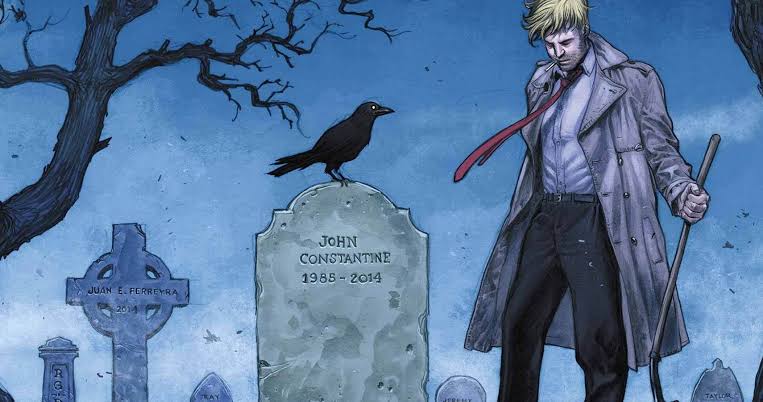
Or there could be another solution that might be just as simple as it could be devastating: comic book writers and the MCU could just stop relying on their gigantic web of connections so they could choose one path and walk it. Not every movie needs to be connected, as it could go on its own way without having to refer to other movies and characters to not break continuity and connectivity. Flexibility should still be a choice for writers, just as the freedom to do something new and different with a character without disrespecting the source material and getting a rewrite. Connectivity shouldn't be a trap and should always have an exit to see the end of the tunnel.
Moving forward for the MCU would mean figuring out a new strategy for their movies. Breaking all connections between them could lead to creating new storylines that haven't been thought of before. The Civil War and Infinity War arcs having been done already, the MCU can now get interested in characters they haven't put into the spotlight, give them life without having to link them to the Avengers and the previous story arcs (the Infinity War and the Civil War). Putting an end to Iron Man, Captain America and Black Widow meant concluding their stories once and for all, so the same could happen to other characters. There are still many other characters that haven't been interpreted in the MCU and have no ties to the Avengers storylines, so moving forward with them and figuring out a new strategy for their movies or TV shows would be a fresh start that could benefit them.
What do you think? Leave a comment.
Receive our weekly newsletter:
davisbuttephon1999.blogspot.com
Source: https://the-artifice.com/continuity-comic-book-movies/
0 Response to "Why Do Comics Never Have Continuity"
Mag-post ng isang Komento